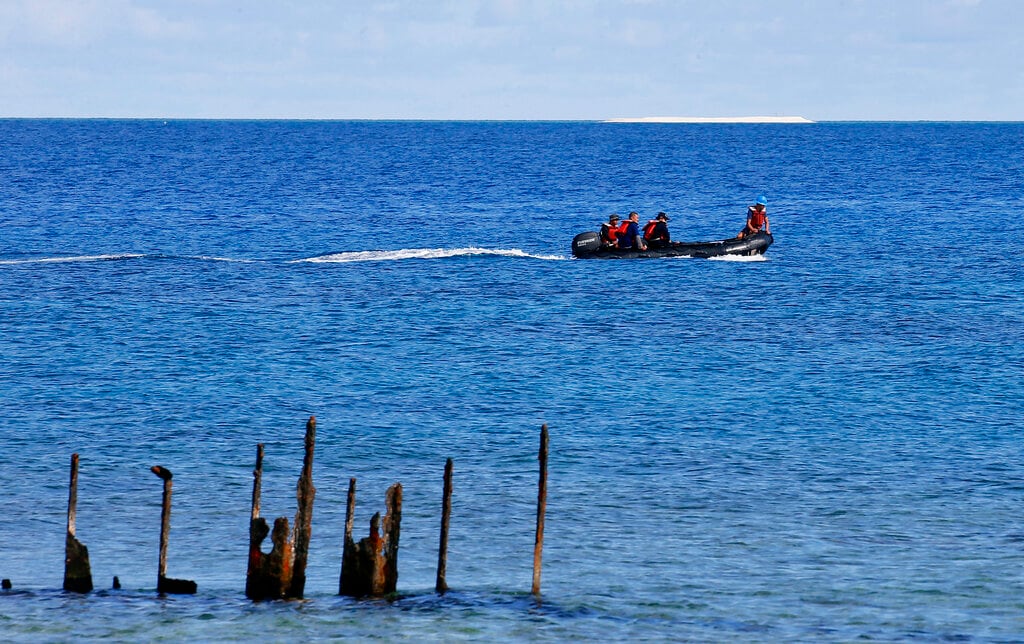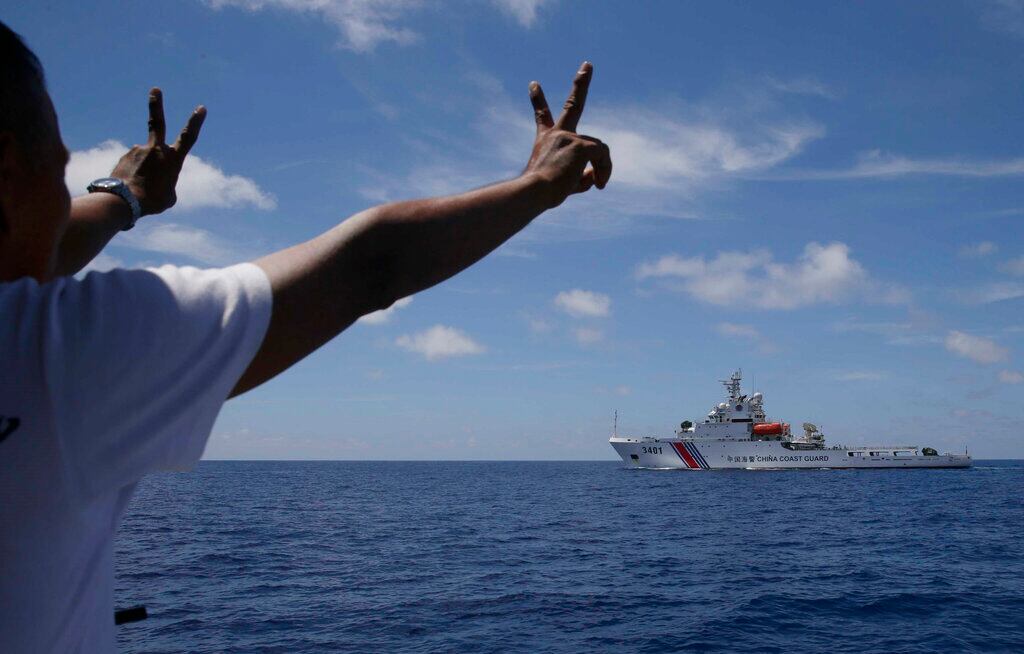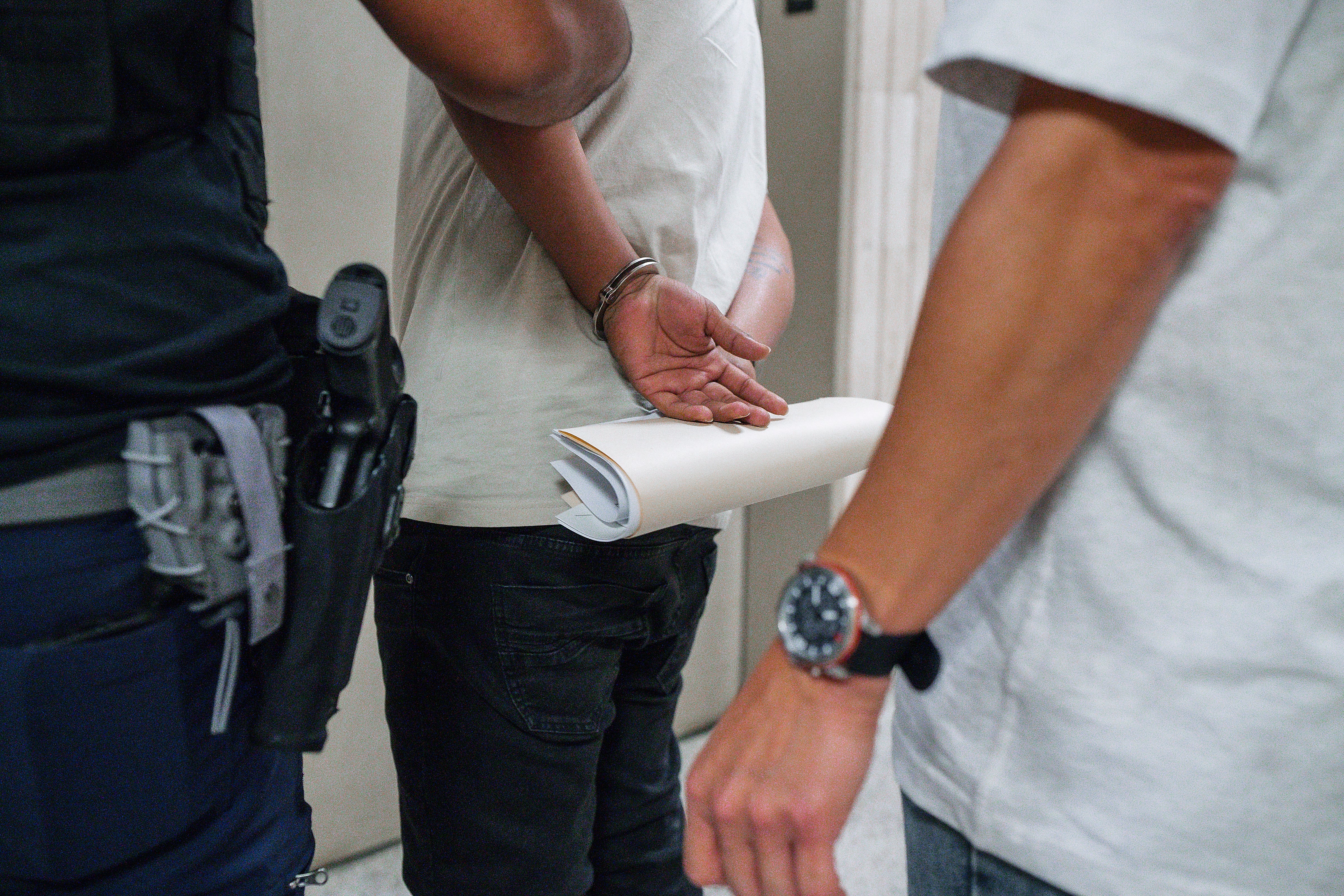BANGKOK — The presence of large numbers of Chinese vessels near islands and islets occupied by the Philippines is “a concern,” a senior U.S. defense official said Friday.
The Philippine government protested the Chinese ship movements Thursday after its military monitored more than 200 Chinese vessels from January-March in a disputed area named Sandy Cay, which is near the Philippine-occupied island of Pag-asa.
Asked about the situation while on a visit to Bangkok, Joseph Felter, deputy assistant secretary of defense for South and Southeast Asia, told reporters that the U.S. is troubled “by any aggressive activity by any country in the South China Sea, in this case China. We see that as of concern.”
"In this case, China's activities are of concern. It seems to be somewhat aggressive and provocative and we feel that they're unnecessary and unwarranted," said Felter, who was in Thailand to attend a meeting of defense officials of the Association of Southeast Asian Nations, or ASEAN.
He noted that the U.S. does not take a stance on various conflicting claims in the South China Sea. But the U.S. commitment to the Indo-Pacific region involves working with allies and partners to keep the seas free and open and ensure that "no country's sovereignty is undermined," he said.
"We expect every country to be able to sail, fly and operate wherever international law allows."
RELATED

The Philippines regards a chain of islands and islets, nine of which it occupies, in the Spratly archipelago in the South China Sea as a municipality it calls Kalayaan under its western province of Palawan.
That claim conflicts with the larger territorial claims of China, Vietnam, and three other governments in a long-simmering Asian dispute.
Over the last few years, China has stepped up its territorial claims by turning seven made-man islands it controls into military installations, drawing rebukes from other claimants as well as Washington.
Chinese boats have swarmed around Sandy Cay, a chain of three sandbars between Pag-asa and a Chinese man-made island called Subi, since 2017. Such practice could be meant to pressure other governments into abandoning their islands.
A 2002 accord between China and the 10-nation ASEAN aims to prevent armed confrontation in the busy waterway, where much of Asia's oil and trade transits.

Felter said the meetings he attended also addressed the lingering threat from the extremism and the Islamic State group in Southeast Asia and the U.S. looks forward to working with regional partners on counterterrorism.
"It's a threat. We've degraded ISIS in the Middle East significantly as far as its territory but importantly, it's still able to recruit and inspire individuals to participate in attacks, which we've seen recently and sadly we probably haven't seen the last of this," he said.
Relations with Thailand cooled somewhat after a coup in May 2014 and Felter said the U.S. was looking forward to seeing a "transparent process" and working with a new government after a March 24 general election.
Despite some restrictions on dealings with Thailand's military government, which remains in power pending the announcement of final results of the election next month, the U.S. has logged $469 million in arms sales since 2014, Felter said.
“We’ll continue to support Thailand as a close treaty ally and we want to help it build its defense capabilities,” he said. “On the military side it’s a healthy relationship and we look forward to it continuing.”





